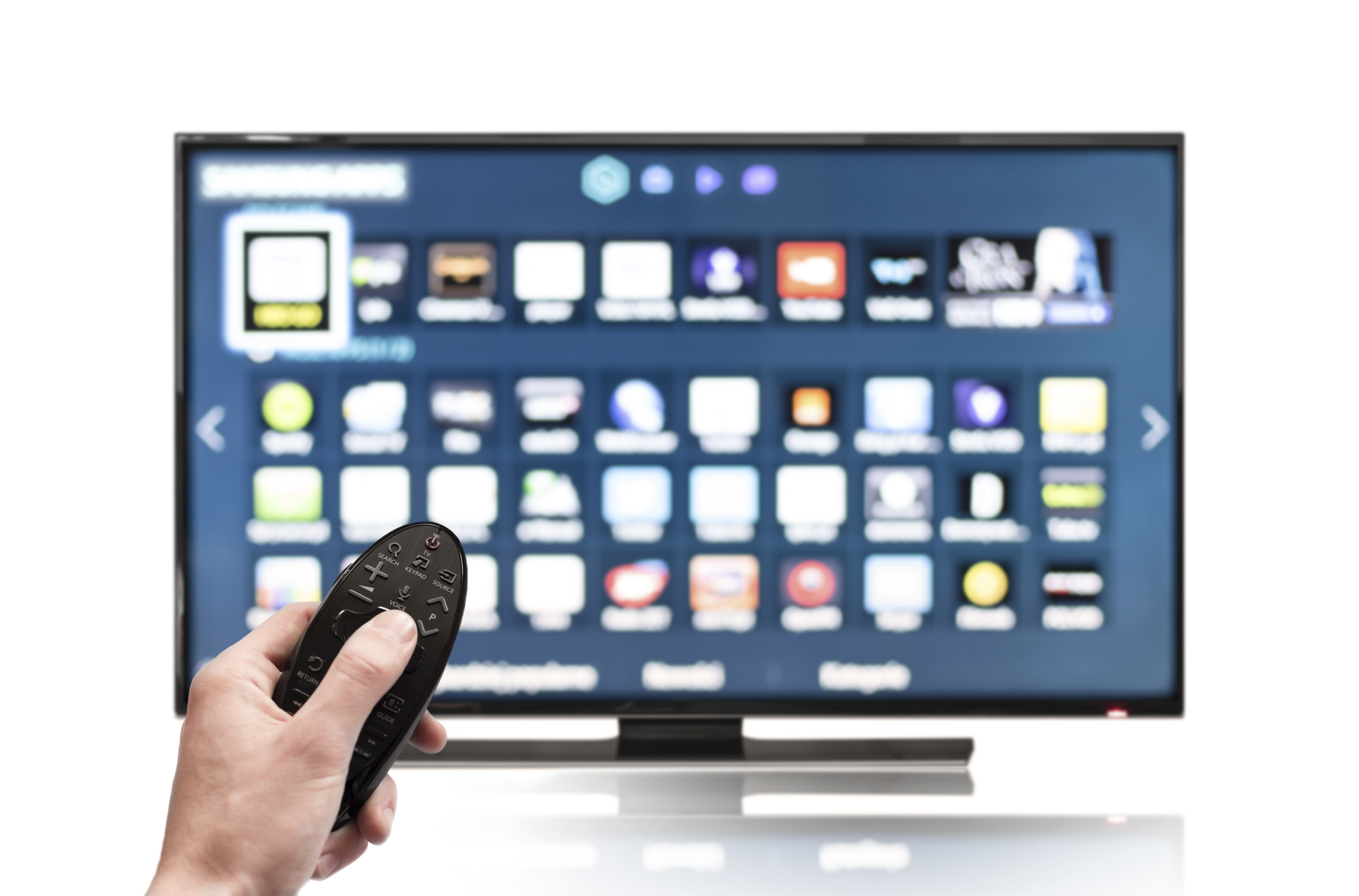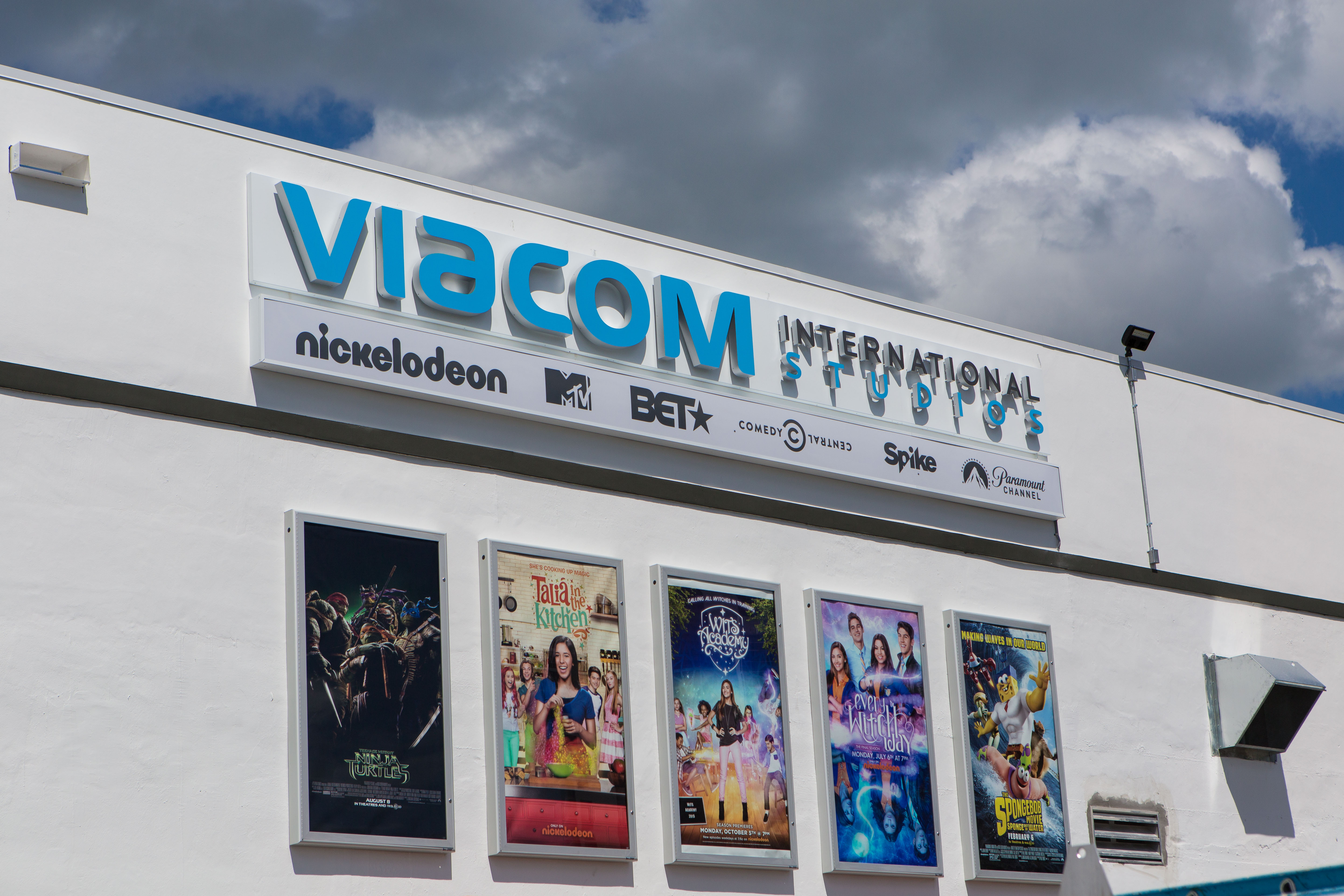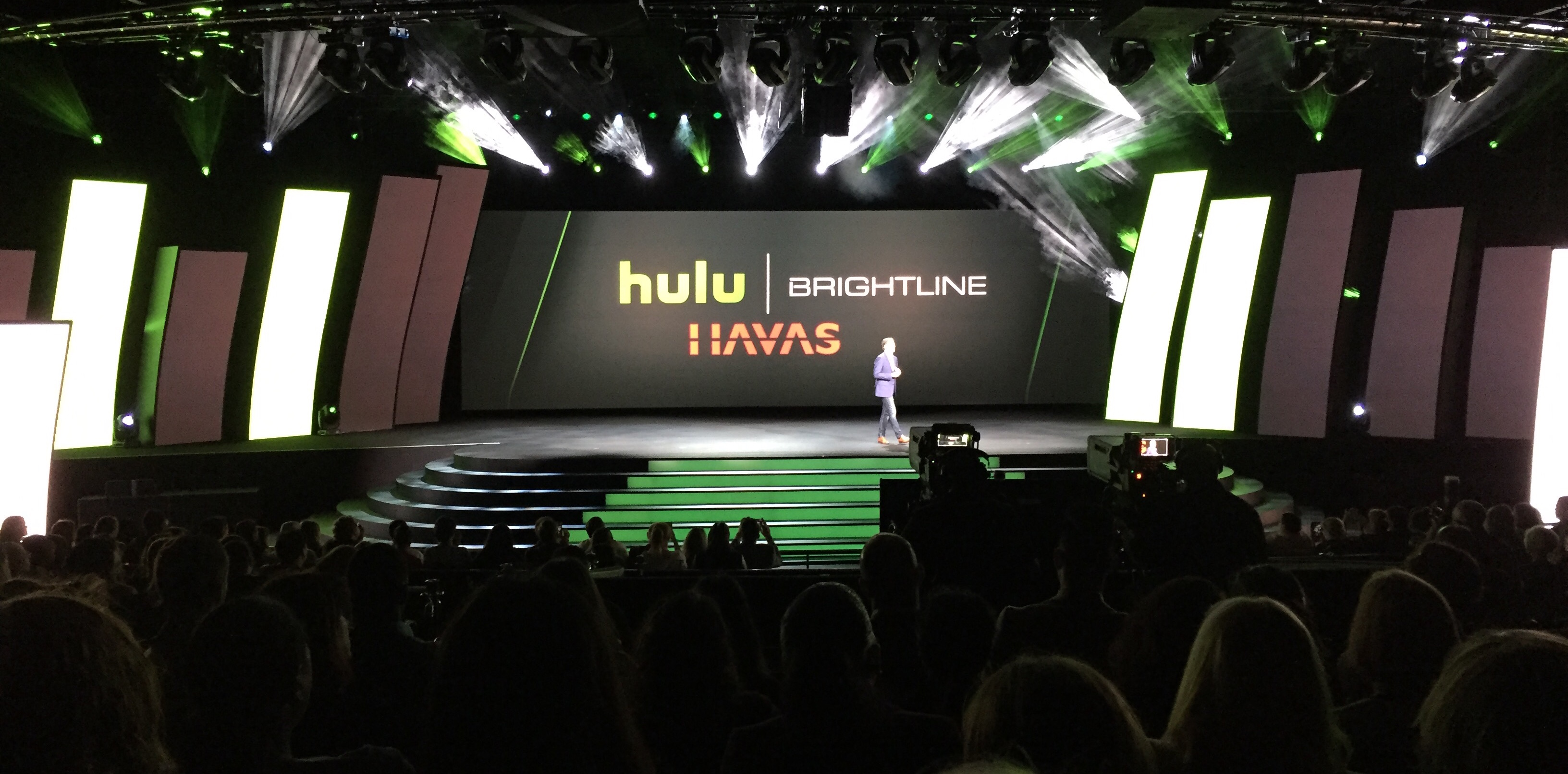What Happened
The Washington Post has created its first interactive TV ad for Jaguar that appears in its Apple TV app. Working with video ad firm Velocity Made Good, the Post created a 30-second video ad that comes with an interactive gallery panel that viewers can flip through with their remote control to check out the interior and exterior of Jaguar’s F-Pace model. This spot is built to stop running at 15 seconds if there’s no sign of viewer interaction. The publisher says the ad, which has been live for two weeks, has seen higher engagement rates than pre-roll ads that run on its website.
What Brands Need To Do
With the fourth-generation Apple TV introduced last year, Apple made it easier for publishers and brands to surface their content on Apple TV and reach consumers in the living room. This interactive ad spot for Jaguar provides an example of how brands can work with content creators to take advantage of the interactivity of connected TV devices, explore new TV ad formats, and engage with the audience on a deeper level.
To read more on how brands can reach viewers on OTT platforms with branded content, please check out the Appified TV section in our Outlook 2016.
Source: Digiday










